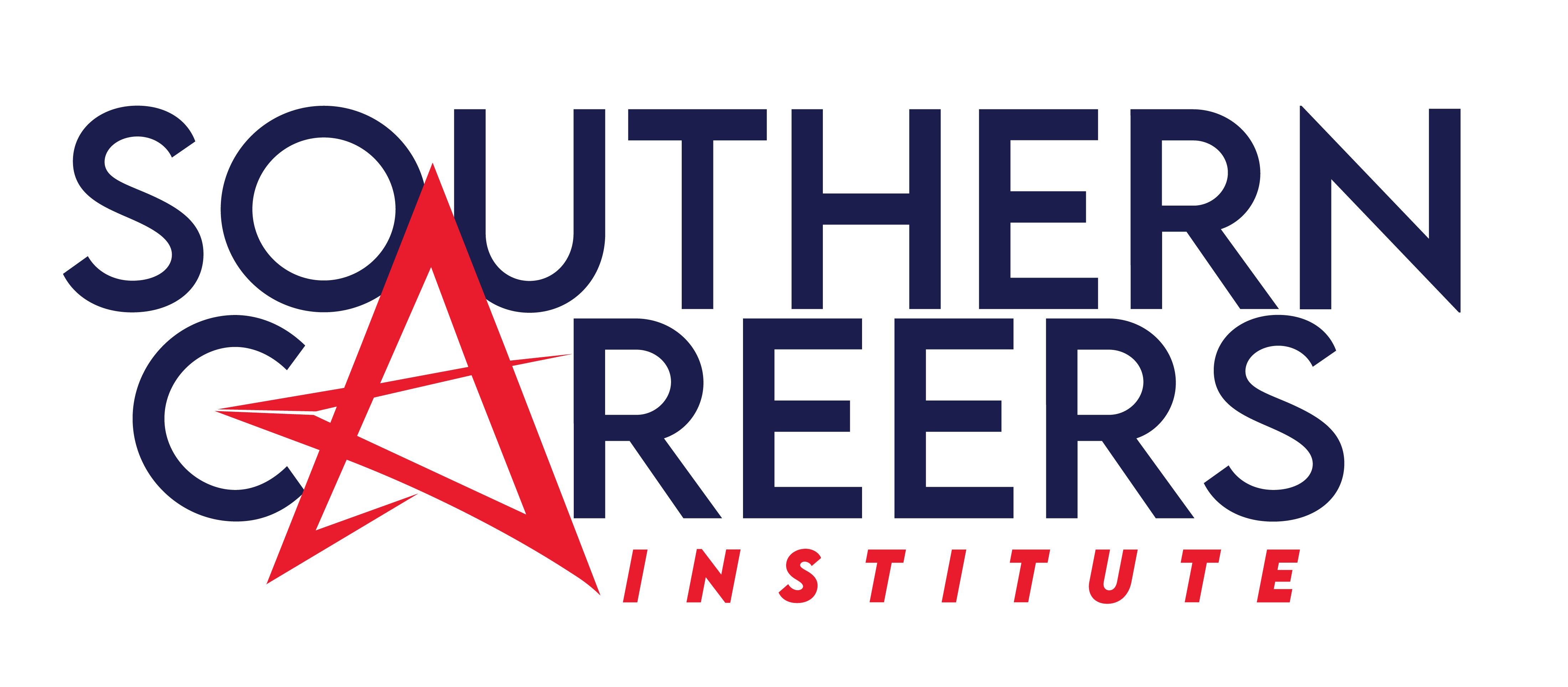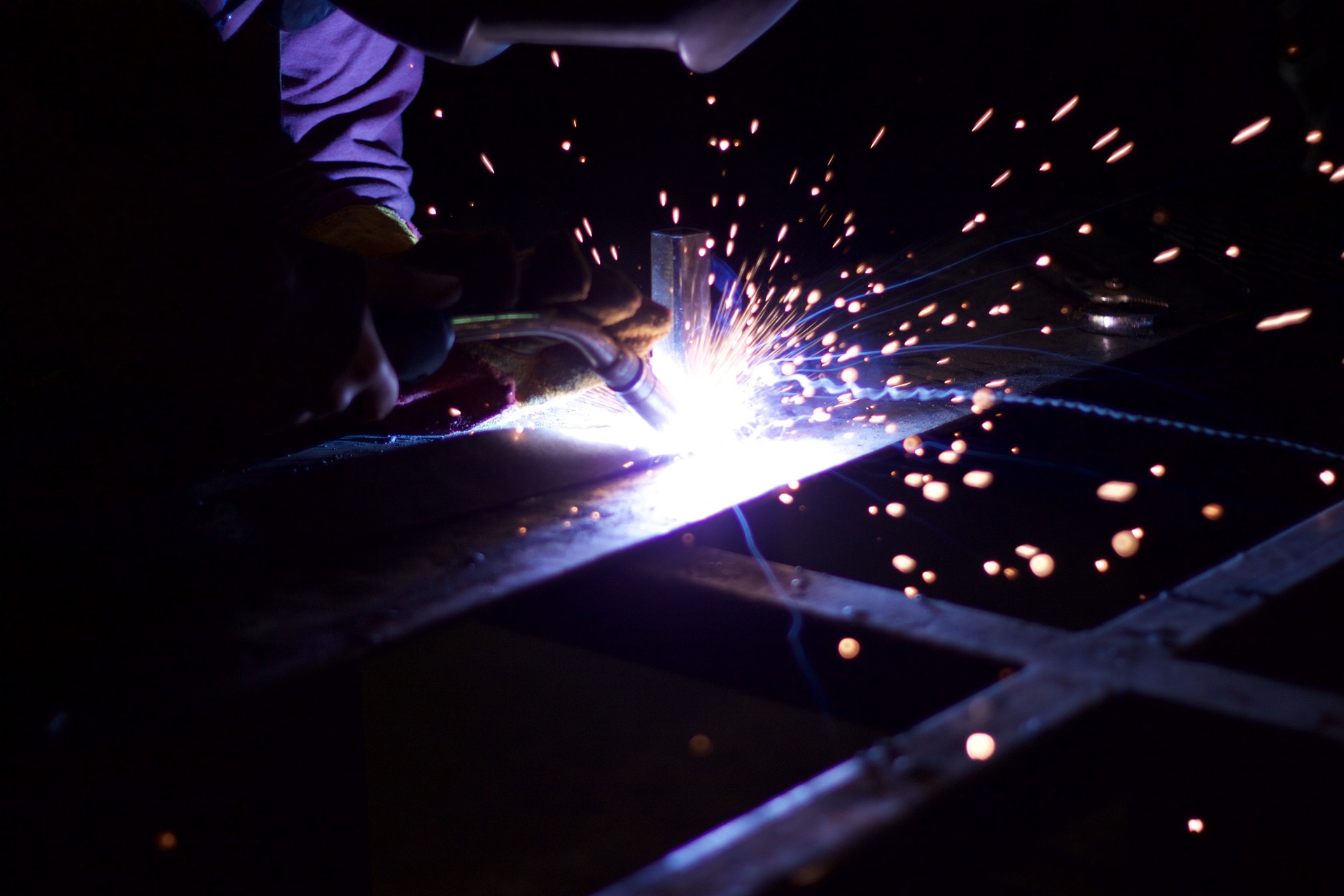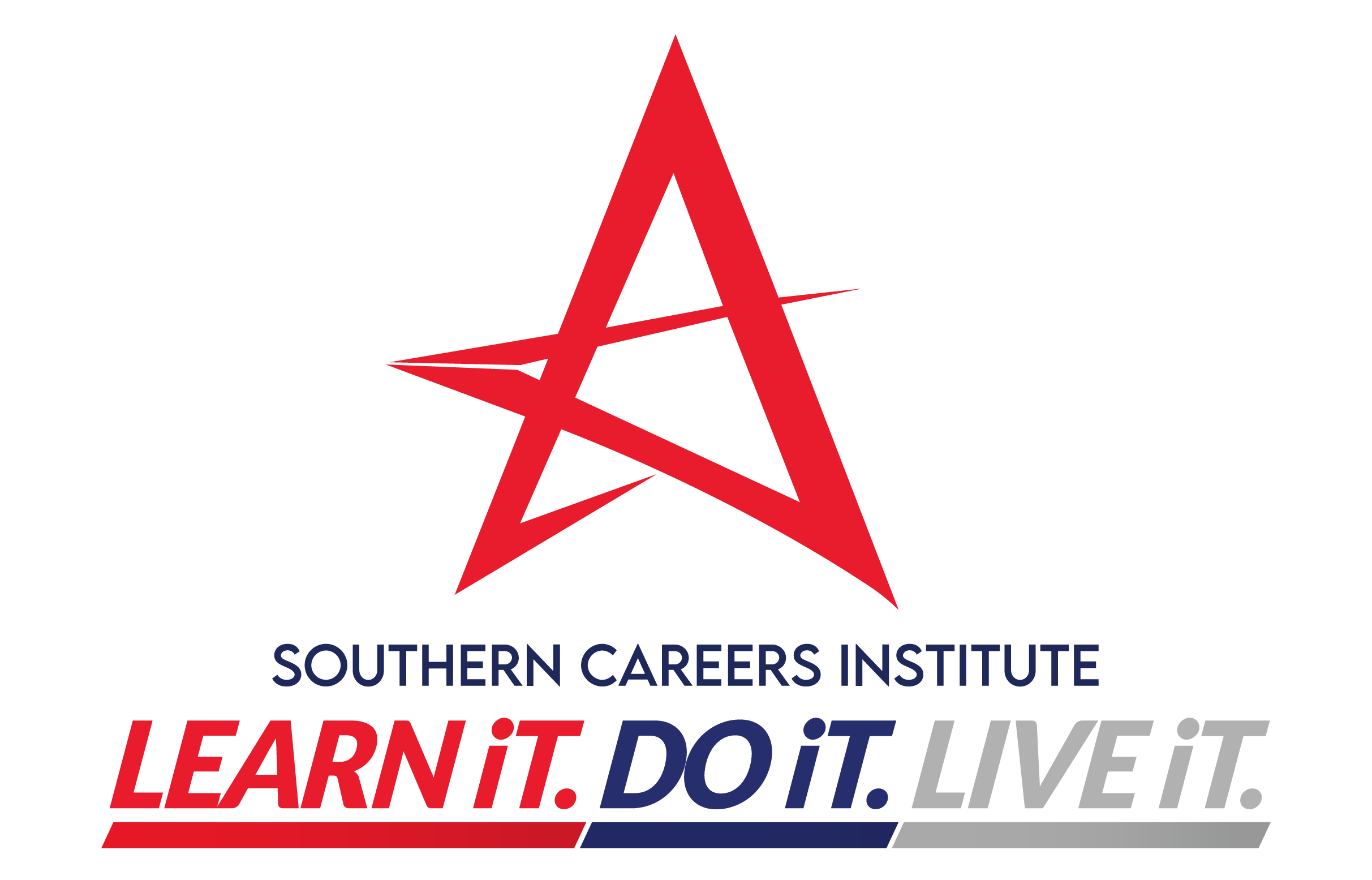For anyone considering going into a career in the trades, the profession of arc welding is one with plenty of opportunities and room for growth. To begin a career in welding, you must learn more about the skills and terminology associated with the field.
There\’s one very specific type of welding known as shielded metal arc welding, also known as SMAW. While SMAW is like many other types of welding, there are also distinctions it is important to understand. Let\’s inspect SMAW and arc welding – its purpose, procedure, the advantages of it, and any problems associated with it.
What is the Purpose of SMAW?
The purpose of SMAW (also known as stick welding) is to perform arc welding using a covered metal electrode to shield the weld. Welding is one of the most popular ways to combine two metal parts into one. The process is simple: apply heat to each metal component. Once the pieces have melted enough, they will fuse together. The result is an incredibly strong bond. Because it\’s so effective, it\’s used in many industries, including:
- Shipbuilding
- Automotive
- Aerospace
- Building construction
It\’s also used for fusing metals to join pipes in power plants, refineries, and pipelines. Below are some typical duties of a welder (provided via the Bureau of Labor Statistics website):
- Study blueprints or specifications for a job
- Determine the exact dimensions of the parts they need to weld
- Inspect the materials they need to weld
- Carefully observe the welding to ensure it does not overheat
- Maintain general upkeep of all welding equipment and machinery
What is the SMAW Welding Procedure?
In the procedure for SMAW, the welding electrode is wrapped in a flux coating. This will melt and emit a gas that shields the weld from any type of contamination. The size of the welding electrode will vary depending on what you are welding. The size and shape of the welding electrode will alter how much voltage you\’ll need to operate the welding electrode. The power source can be anywhere from 16 volts to 40 volts. Regarding amperage requirements, the range is a little wider – it can be anywhere from 20 to 550 amps.
SMAW requires a skilled touch from any welder who attempts it. The welder must be able to hit the arc while keeping the correct angle and speed while making small adjustments throughout the weld to ensure it ends up as strong as possible. There are many types of welding processes, and SMAW is usually the first one many welders learned. Because of the fundamental welding skills one picks up from practicing it, other welding processes become easier to learn to have mastered this one first.
What Are the Problems Associated With SMAW?
SMAW has a few advantages and disadvantages associated with its use. First, let\’s take a look at the drawbacks. While SMAW is a rather versatile welding option, it isn\’t ideal for every welding project you undertake.
SMAW is a manual process. Because it must be done by hand, it may take a bit longer than other more modernized, automated welding processes. That can translate into lower productivity when using SMAW.
Welding projects are often judged based on their deposition rates, or \”the amount of welding material deposited per unit of time.\” SMAW projects have lower deposition rates than other types of welding projects.
As noted above, SMAW requires a skillful touch. Some processes are easier and less complicated to perform. Additionally, there are a few metals that are reactive with the process, including titanium, columbium, and zirconium.
Lastly, the process can get messy. The materials may splash and require additional cleaning once completed.
What Are the Advantages of SMAW Process?
There are a number of advantages associated with the SMAW process. For one, the equipment involved isn\’t overly complicated. Because of this, the process is rather portable – probably the most portable of all welding types.
With SMAW, you won\’t have to establish a separate gas shielding. The flux coating the electrode is covered in removes the need for that. As noted earlier, multiple industries use welding. Because SMAW is a versatile type of welding, it is well-suited for a variety of environments that can be either indoors or outdoors.
SMAW can be used with a multitude of alloys and metals – there isn\’t only one or two you can use with it. While SMAW is typically powered electricity, gas or diesel fuel can be substituted in a pinch if an electric source isn\’t available without a disruption to the process.
Finally, it\’s such a commonly accepted practice that SMAW-friendly equipment is readily available in most professional settings. Awareness of proper SMAW-technique is present in most industrial welding environments as well because it\’s so widely used.
A Career That Involves SMAW
Ultimately, SMAW is an effective and efficient process of welding. There are both advantages and disadvantages of shielded metal arc welding. On one hand, it\’s a portable process with simple to use equipment involved. On the other hand, it can be a laborious process that takes up much more time than other forms of welding.
No matter how you weigh the pros and cons associated with the process, it\’s important to understand one critical factor about entering a career that involves SMAW: whoever performs it needs a highly specialized and specific skill set to do so.
A variety of careers exist in welding. If you\’d like to learn how to take part in shielded metal arc welding or take on a welding position for other types, you\’ll need a specialized training program to do so. You\’ll want to be sure that whatever training program you used is credible and able to assist you in launching your career.
At SCI, we can help you learn more about welding, assist you in building valuable industry relationships, and teach you everything you\’ll need about SMAW in particular. Our trade programs can help you become well-versed in arc welding or any other number of trades.
Start over by transforming to a new you with a new career. Establish your passion for change in your life. Learn more about how SCI can help inspire that change in you with specialized training today.
Sources
https://setxind.com/fabrication/welding-processes-closer-look-smaw/
https://www.bls.gov/ooh/production/welders-cutters-solderers-and-brazers.htm#tab-2
https://www.lincolnelectric.com/en-us/support/welding-how-to/Pages/welding-power-source-detail.aspx
https://www.bls.gov/ooh/production/welders-cutters-solderers-and-brazers.htm#tab-3
Blog Disclaimer: Information stated in this blog is for general information purposes only. SCITexas.edu not assume or guarantee income earning potential or salary expectations based on the programs offered at Southern Careers Institute.










